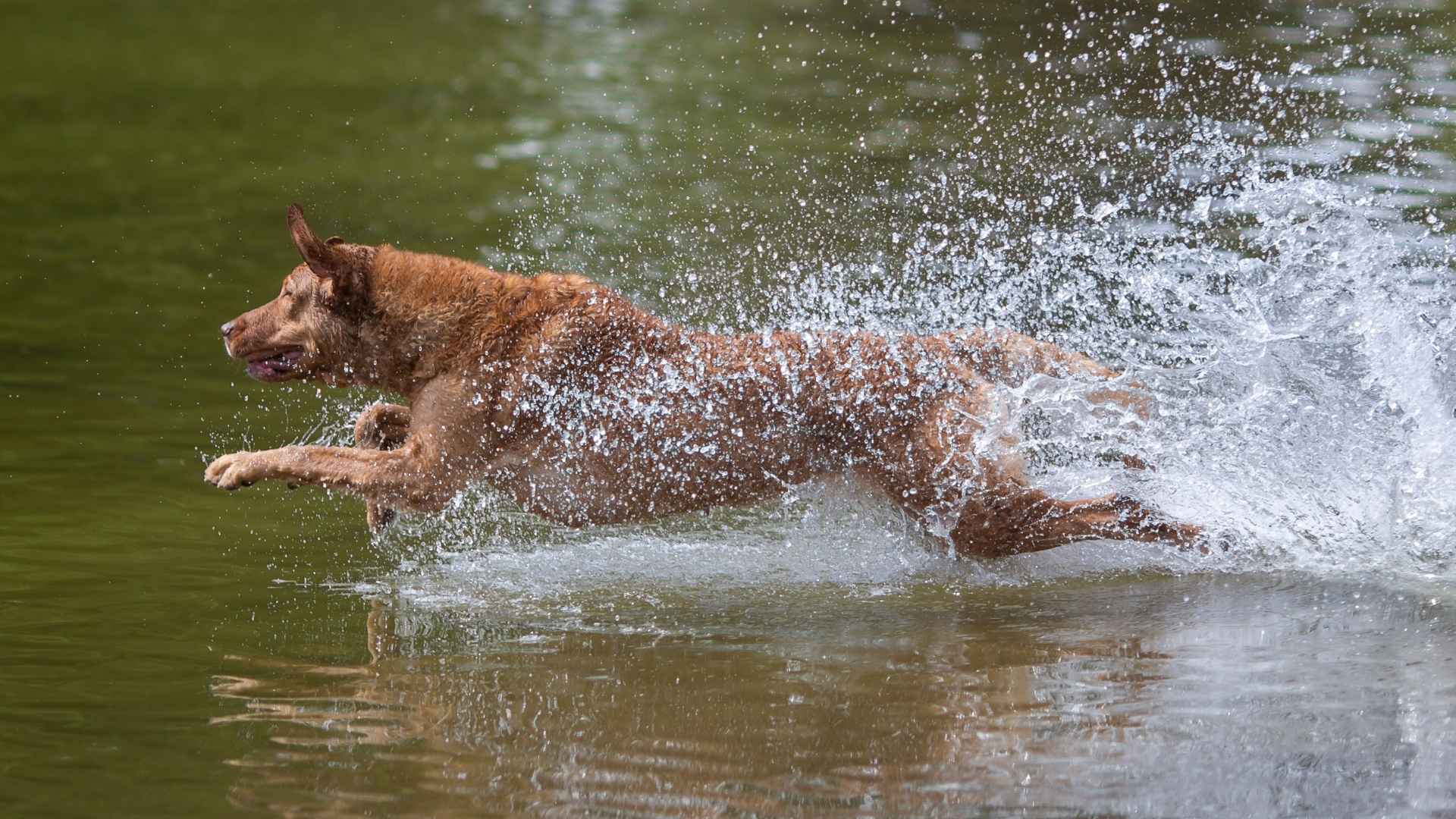Some dogs were born for the water. Over centuries, certain breeds developed a natural ability to wade, dive, or retrieve from rivers, lakes, and coastal shallows. These instincts weren’t created by chance—they were shaped by generations of working alongside fishermen, hunters, and coastal communities, catching or retrieving fish as part of daily life.
These breeds carry traits that make them exceptional around water: webbed feet for propulsion, water‑resistant coats that dry quickly, and a drive to retrieve that never fades. Many are strong swimmers, able to navigate currents and leap into water without hesitation. Others use their keen senses to spot movement below the surface and react instantly.
This list explores nine dog breeds whose history, anatomy, and temperament make them natural fish catchers. Each breed’s story reflects a unique relationship with water, from shoreline work to open‑sea adventures, showing how deep these instincts truly run.
Dog Breeds That Catch Fish Instinctively
1. Brittany Spaniel
The Brittany Spaniel was bred in France’s Brittany region, where hunters needed an agile, all‑terrain dog. Over time, this medium‑sized spaniel developed into a versatile gun dog with a natural love for water. Those instincts mean they don’t hesitate to dive in, whether retrieving game or chasing ripples.
Energy defines the breed. According to the AKC, Brittanys thrive on action, and water work channels that drive perfectly. A splash, a thrown stick, or the hint of a fish’s movement is enough to spark their focus.
Their coats help, too. Dense but not heavy, the slightly wavy fur keeps them warm in cooler streams while allowing them to dry quickly after a plunge. Owners still need to brush regularly to keep mats away.
Training a Brittany is rewarding—they respond quickly to guidance and like having a job. Give them direction around water, and they’ll turn those instincts into skilled retrieving.
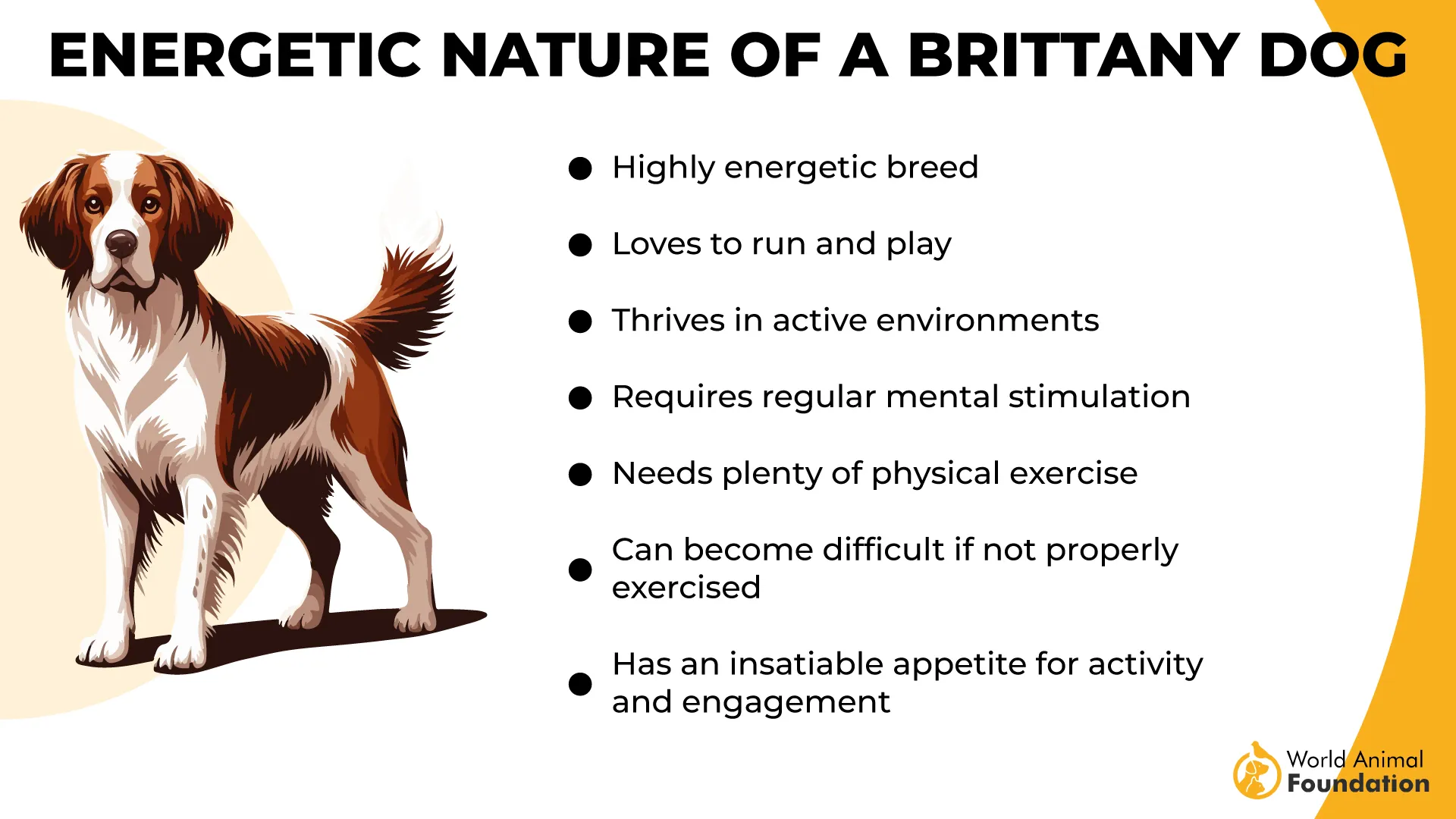
Their joy in the outdoors is contagious. Whether standing belly‑deep in a river or sprinting to the shore, they treat every moment near water like a mission worth completing.
Fun Fact
The Brittany is one of the few pointing breeds that’s equally skilled at both flushing and retrieving, making it prized by upland hunters and anglers alike.
2. Irish Setter
The Irish Setter is instantly recognizable by its deep red coat, but its history as a field dog is equally striking. Developed in Ireland for bird hunting, this breed combines stamina with a love of open landscapes. Water has always been part of its work.
Irish Setters are known for their boundless enthusiasm. That spirit extends to rivers and lakes—they’ll leap in for a tossed object or swim just for the joy of it. Many anglers value their presence on long days near the shore.
They need exercise—long walks, runs, and, ideally, time in water. That activity doesn’t just burn energy; it keeps them mentally sharp, too.
Their long, feathered coat is beautiful but needs care. Brushing prevents tangles, especially after swims where weeds or debris cling to their fur.
Irish Setters carry an easy sociability, greeting strangers and other dogs with a wag. That friendly nature makes them a lively partner for outdoor adventures of every kind.
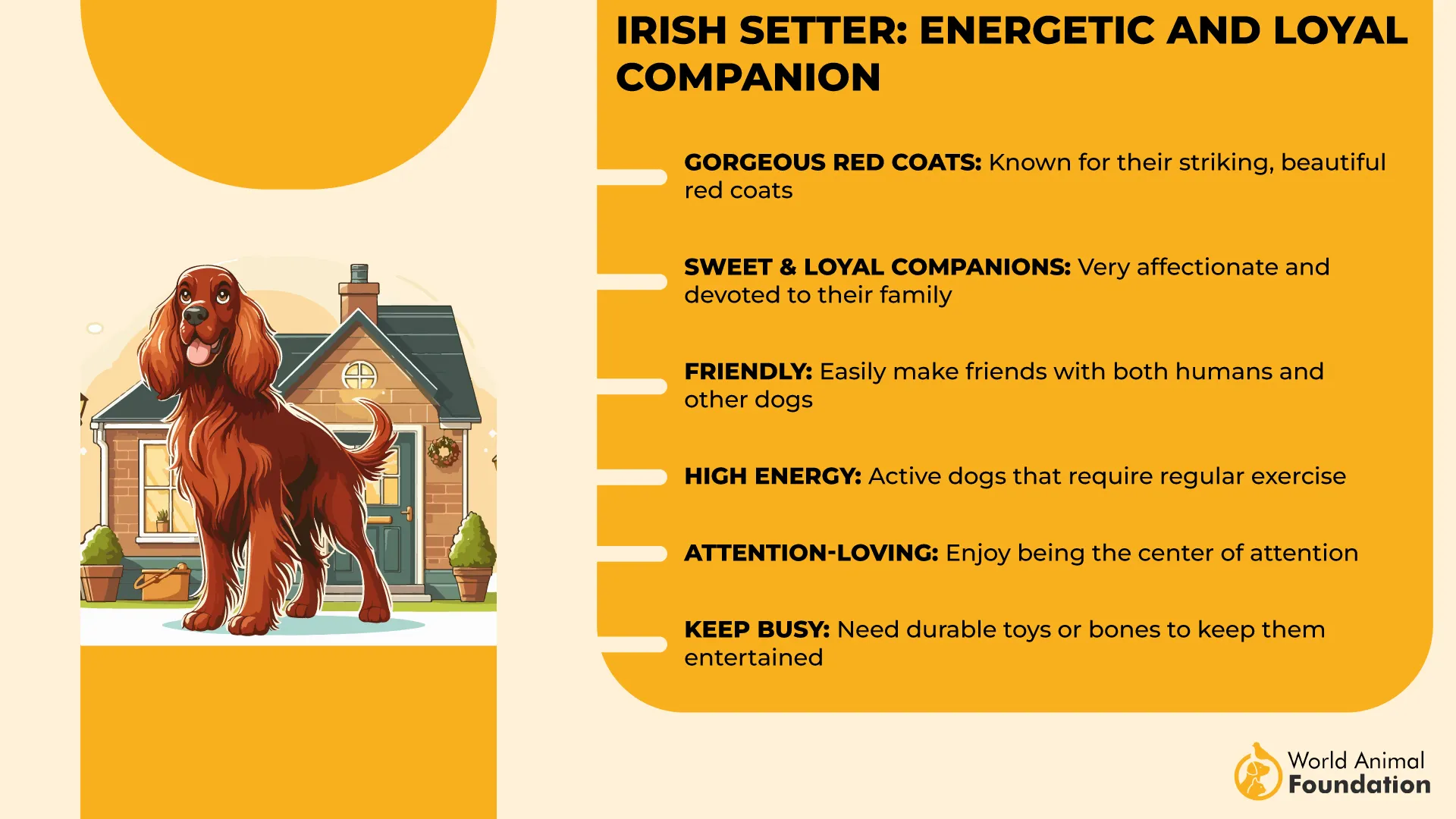
Fun Fact
Irish Setters were once called “Red Spaniels” before their distinctive color and style earned them the name we use today.
3. Portuguese Water Dog
Few breeds have a history as tied to fishing as the Portuguese Water Dog. In coastal Portugal, these dogs worked alongside fishermen, herding fish into nets and even carrying messages from boat to boat. Their instincts for water tasks are still sharp today.
They are muscular and compact, built for strong, efficient swimming. Webbed feet help propel them through waves, and their thick, curly coat insulates them without weighing them down.
These Water Dogs love a challenge. Give them a job—retrieving gear, swimming out for an object—and they will tackle it with focus and excitement.
PetMD states that their coat, while protective, needs regular grooming to stay healthy. Many owners keep it trimmed in the traditional “lion cut” to balance insulation and mobility in the water.
Personality‑wise, they’re cheerful workers, affectionate with family, and happy to be in constant motion. That makes them natural partners for anyone who spends time near the sea.
Fun Fact
Portuguese Water Dogs once helped fishermen by “herding” schools of fish toward waiting nets, a rare skill among dogs.
4. Chesapeake Bay Retriever
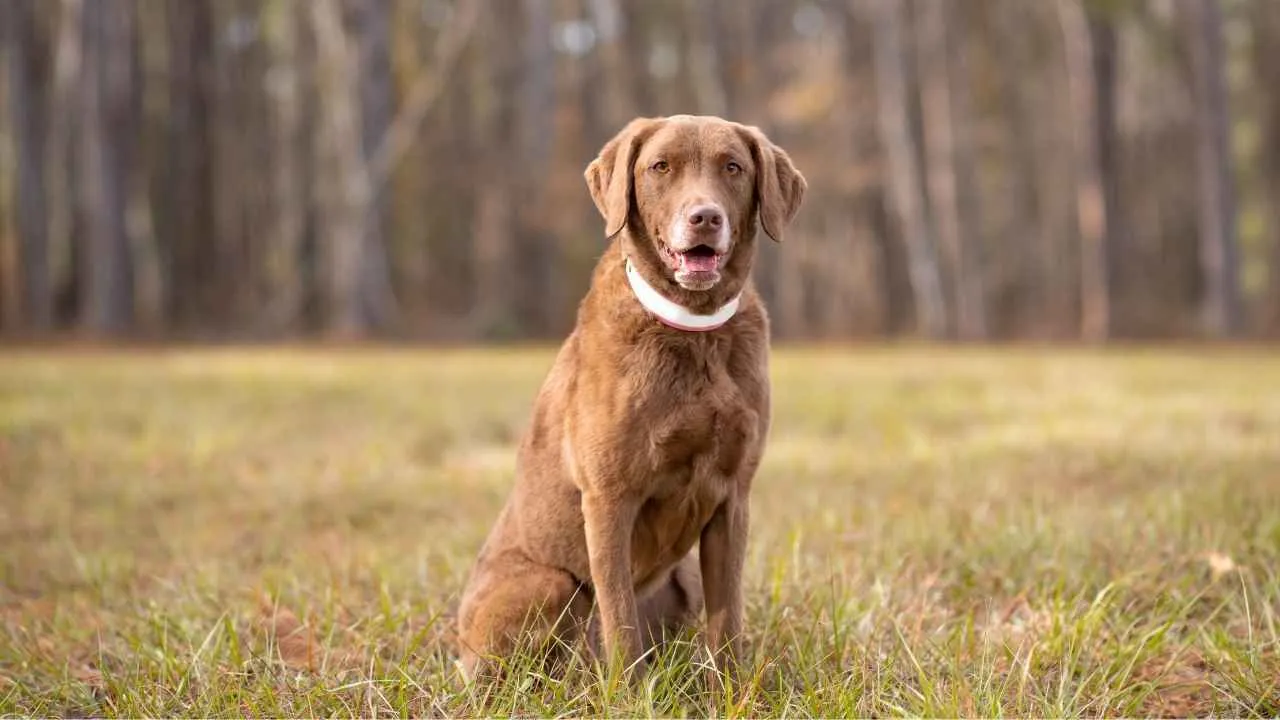
The Chesapeake Bay Retriever was shaped by the cold waters of Maryland’s Chesapeake Bay, where hunters needed a strong, tireless retriever. These dogs hauled in ducks and geese through icy waves, their thick coats keeping them warm while their instincts drew them to the water again and again.
They are rugged, muscular workers with a drive that doesn’t fade. Whether wading through reeds or plunging after a tossed stick, a “Chessie” treats the task as a mission.
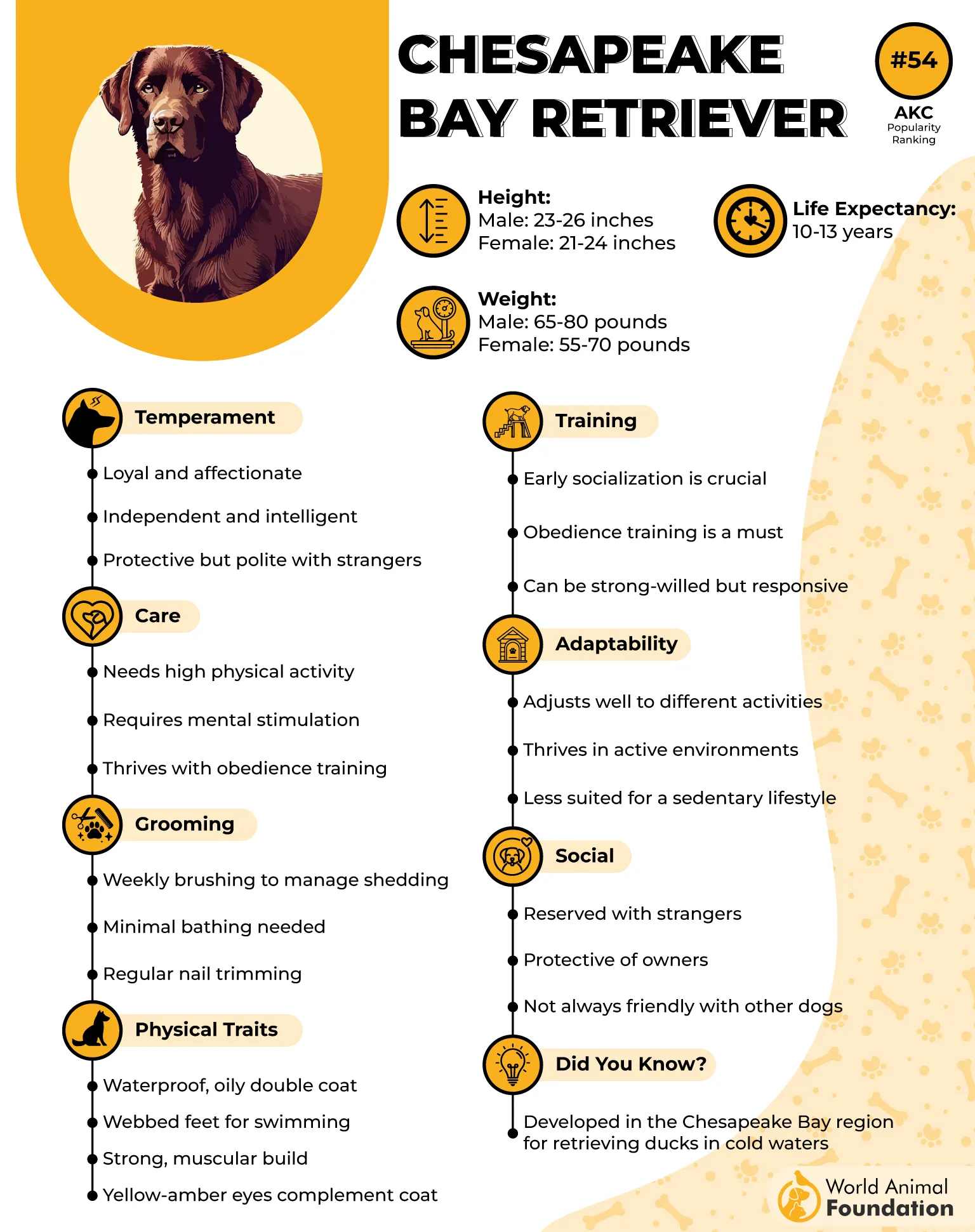
Their coat is a marvel—dense, slightly oily, and naturally water resistant, shedding water like a duck’s feathers. A quick towel-off after a swim is usually all it takes to keep them comfortable.
Training a Chesapeake requires confidence and consistency. They are intelligent but independent, and they respond best when they respect the person giving the commands.
Their loyalty is fierce, and their energy is boundless. A Chessie that spends time near water will find its purpose there over and over again.
Fun Fact
In the 1800s, two Newfoundland puppies from a shipwreck were bred with local retrievers, laying the foundation for the Chesapeake Bay Retriever we know today.
5. Alaskan Malamute
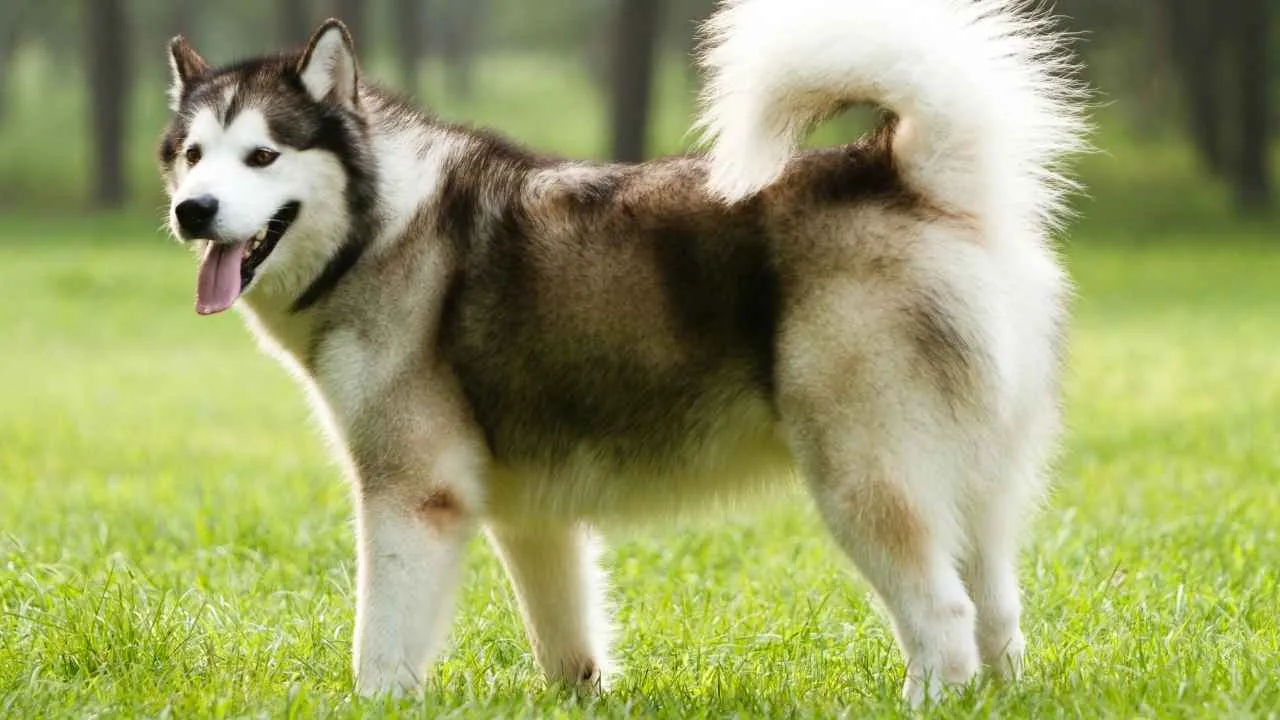
The Alaskan Malamute is one of the oldest Arctic sled dogs, built to pull heavy loads across frozen land. While their history centers on hauling freight and pulling sleds, these powerful dogs also excel around rivers and coastal ice, where fishing and hunting overlap.
Their muscular build and thick double coat let them work in punishing conditions, from frigid seas to snow‑covered shores. When the weather warms, Malamutes are still capable swimmers, often wading after whatever moves in the shallows.
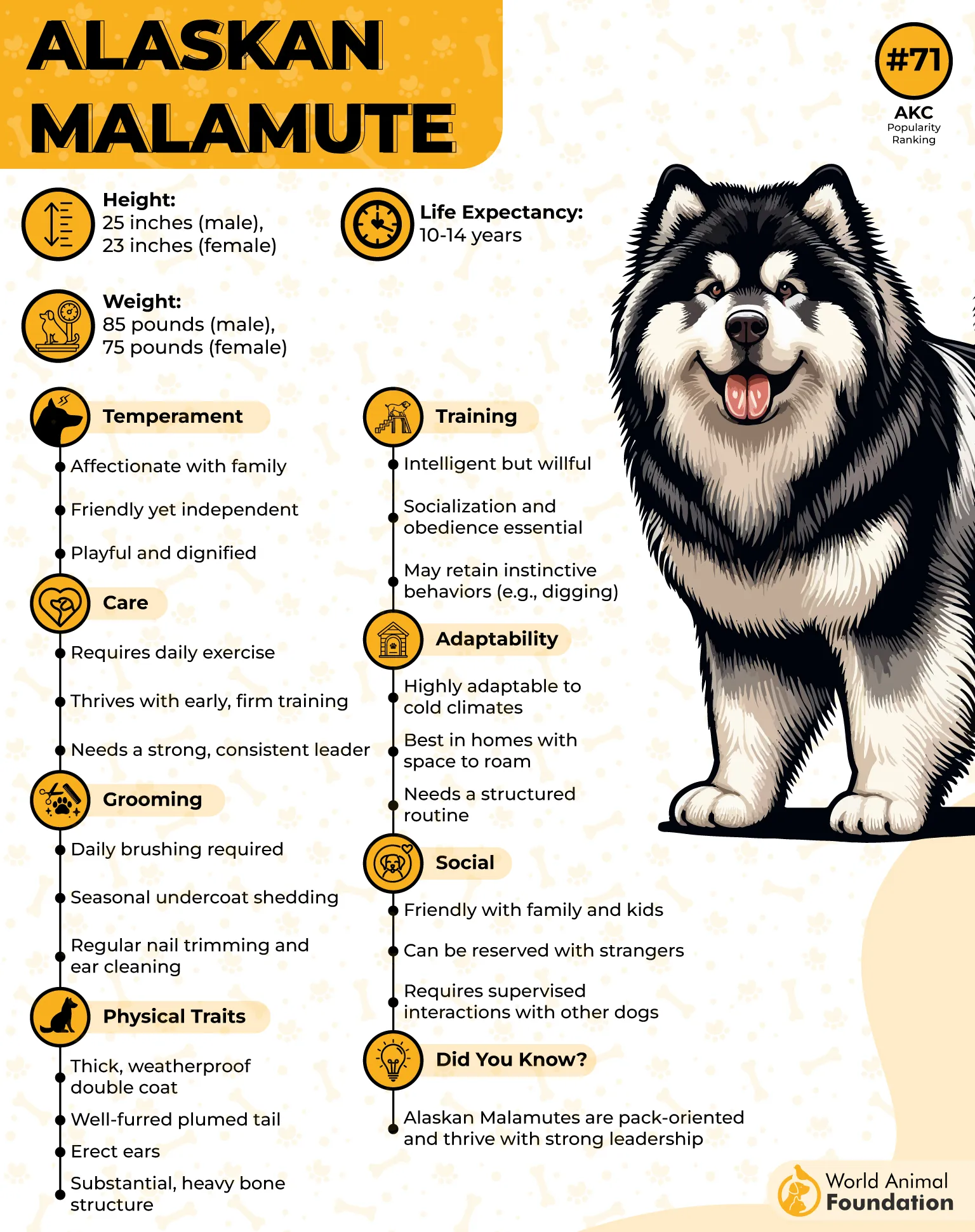
These dogs are quiet workers—steady, deliberate, and focused. They like routine, but they also like having a job, and retrieving objects from water gives them both.
Their coats need attention, especially when they “blow” them twice a year, but the maintenance is worth it for the insulation and protection it provides.
A Malamute near water might not sprint like a retriever, but their patience and persistence mean they get results. They’ll wade, sniff, and watch until the moment is right.
Fun Fact
Alaskan Malamutes are descendants of dogs kept by the Inuit Mahlemut tribe thousands of years ago—true living history on four legs.
6. Australian Shepherd
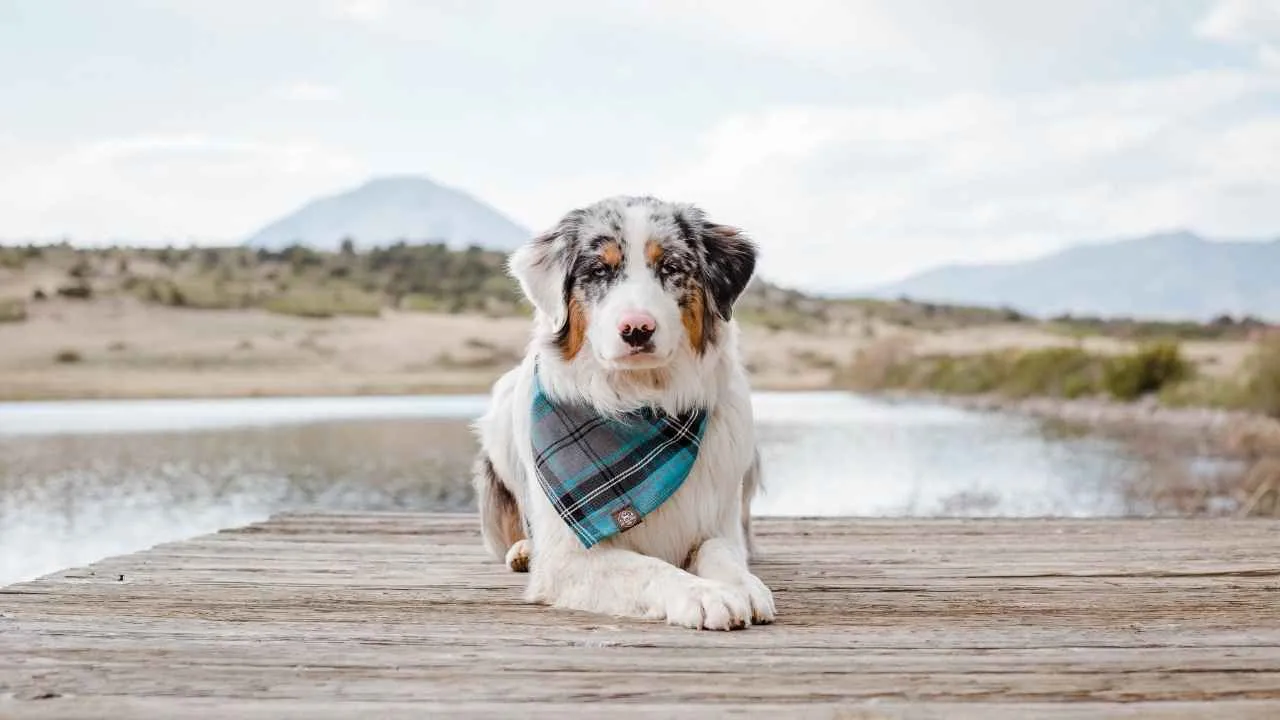
The Australian Shepherd may have “Australia” in its name, but its development is tied to ranchers in the American West. These clever herding dogs learned to move livestock, but they also proved quick studies at retrieving from streams and ponds.
They’re intelligent dogs, almost too smart at times, and that sharpness shows in how they use their eyes to track movement in the water. If something flashes below the surface, an Aussie is already watching.

Their energy level is legendary—they thrive on tasks, games, and challenges. Swimming after toys or even helping corral fish gives them exactly the kind of mental stimulation they crave.
Their medium-length coat is weather‑resistant but not heavy, and it sheds water easily. A quick brush keeps it free of tangles after a day outdoors.
Australian Shepherds combine athleticism with joy. They don’t just splash through streams—they do it with an enthusiasm that spreads to everyone around them.
Fun Fact
Despite their name, Australian Shepherds were refined in the United States and were beloved by cowboys for their herding and all‑around working ability.
7. Nova Scotia Duck Tolling Retriever
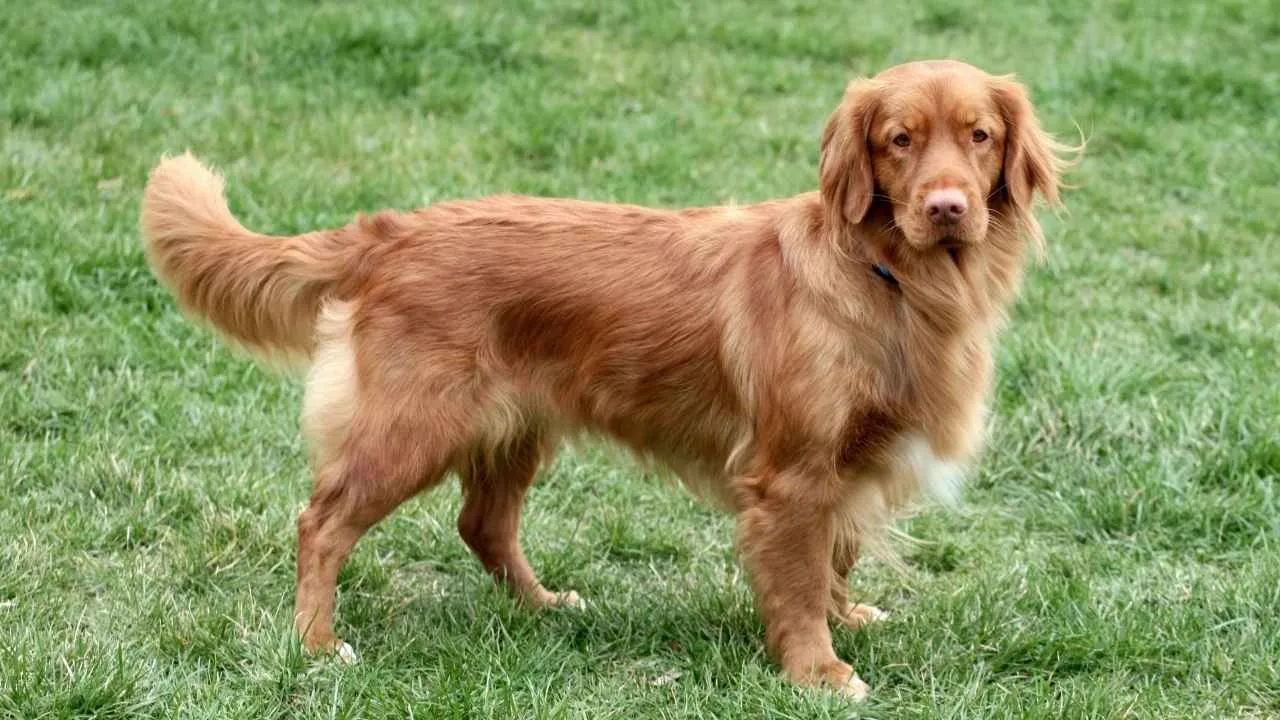
As per Purina, the Nova Scotia Duck Tolling Retriever—“Toller” for short—was developed in Canada to do something remarkable: lure ducks within range by playing along the shoreline. Their darting, fox‑like movements caught the birds’ attention, and their retrieving instincts did the rest.
They are compact, athletic dogs with a boundless love for water. A Toller won’t hesitate to plunge into icy lakes or race through reeds, driven by the same instincts that guided their ancestors.
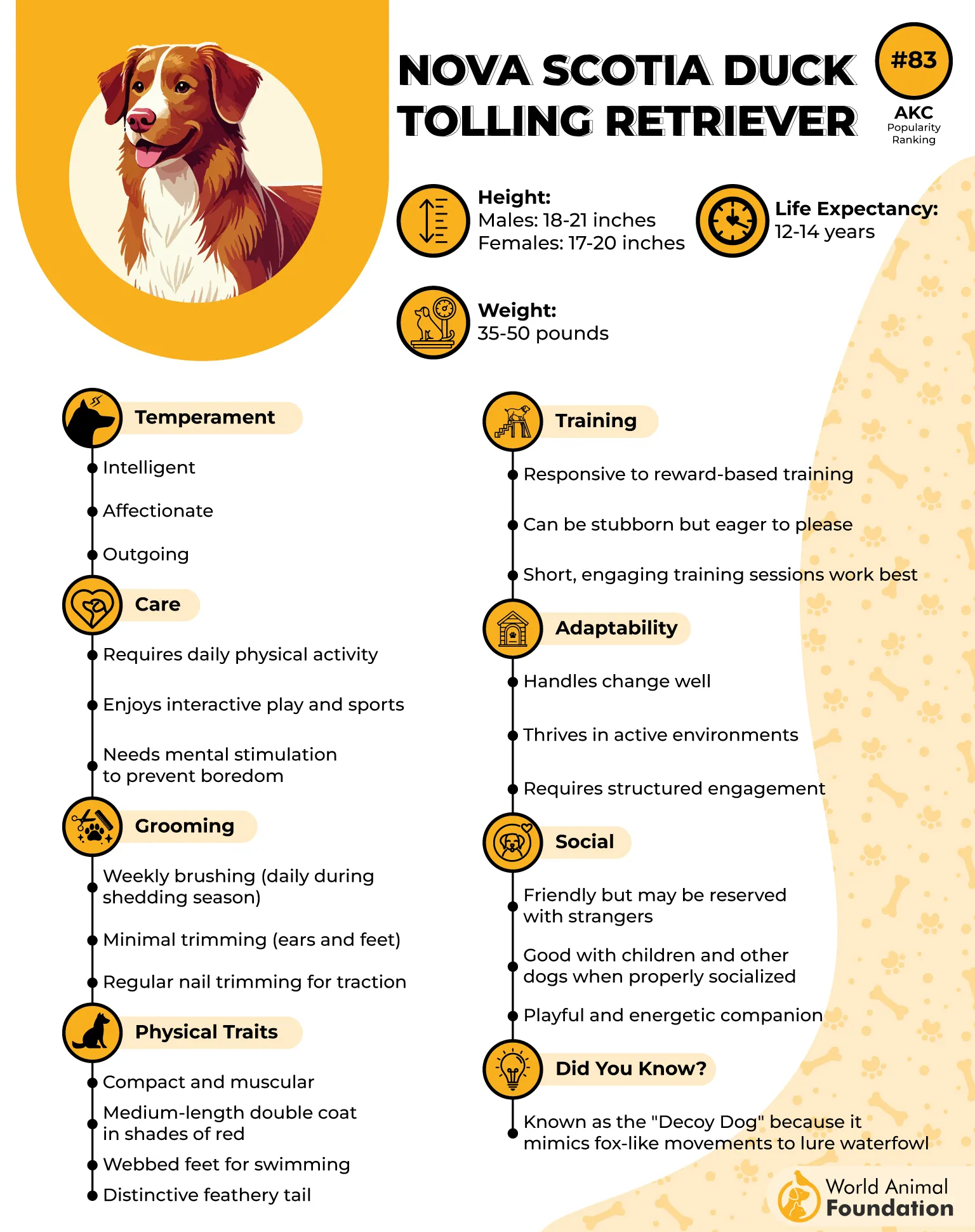
Their double coat is dense and slightly oily, shedding water easily and keeping them warm after repeated swims. Regular brushing keeps it healthy and helps control seasonal shedding.
Training a Toller is a rewarding experience. They’re intelligent and eager to work, thriving on tasks that engage their minds as much as their bodies.
Their joyful energy is infectious—they’ll splash, dart, and retrieve with the same enthusiasm that made them famous in the first place.
Fun Fact
Tollers often “scream”—a high‑pitched yelp of excitement—when they see birds or anticipate a retrieve, a sound unique to the breed.
8. Golden Retriever
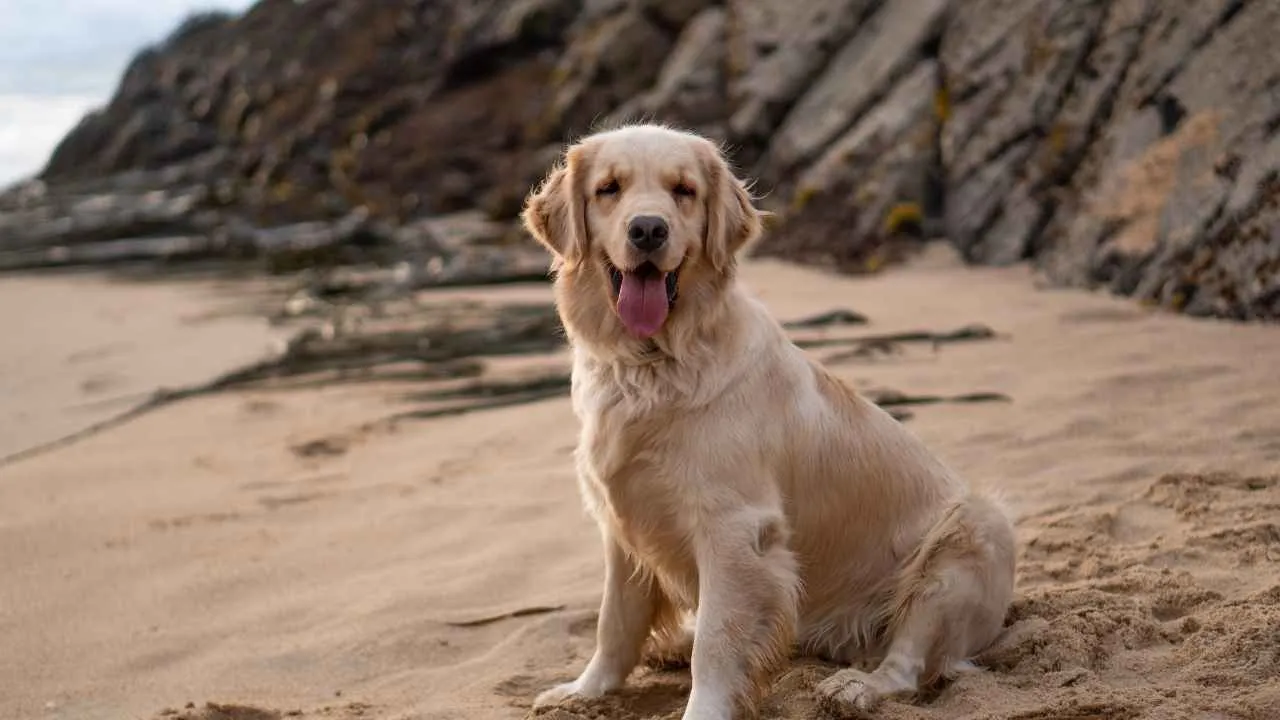
Golden Retrievers were built for water as much as for companionship. Originating in Scotland, they were bred to retrieve waterfowl from lakes and rivers, combining a soft mouth with endless enthusiasm for the task.
Their temperament is famously gentle, but it’s paired with remarkable drive. When a Golden sees a splash, they’re already in motion, swimming powerfully toward whatever needs fetching.

Their dense, water‑repellent coat is part of their magic, insulating them in chilly water and drying quickly afterward. Grooming is essential to keep that coat tangle‑free and comfortable.
Golden Retrievers are natural learners. Their desire to please makes training straightforward, whether it’s basic commands or advanced retrieving drills.
They bring a kind of joy to water work that’s hard to ignore—tail wagging, mouth grinning, ready for the next throw.
Fun Fact
Golden Retrievers have been trained for everything from therapy work to search and rescue, but their water‑retrieving instincts remain unchanged for generations.
9. Vizsla
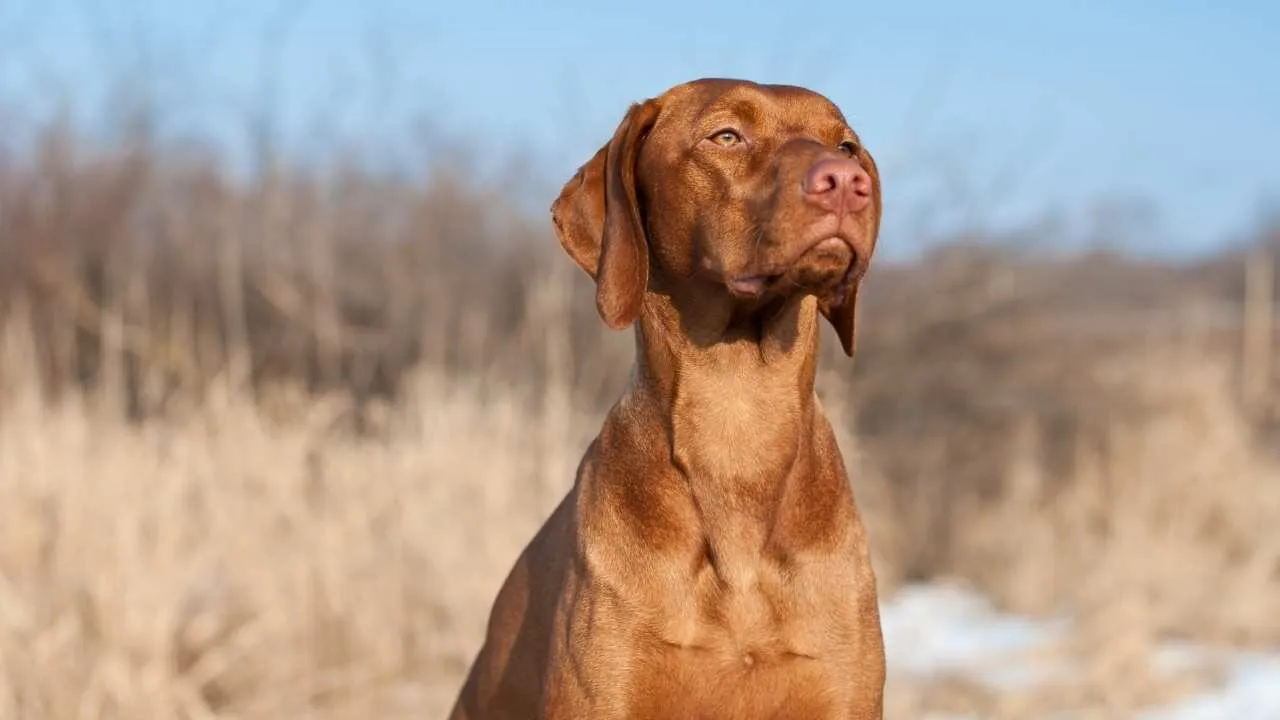
The Vizsla, a Hungarian hunting breed, is all athletic grace and intensity. Bred to point and retrieve game, they excel on land and in water, their sleek bodies moving easily between both worlds.
Their short, rust‑colored coat doesn’t trap heat or water, making them fast to dry and comfortable even after long swims. That minimal coat means very little grooming is needed—just a quick wipe or brush.
Vizslas are high‑energy dogs, always ready for a task. Around water, that translates into fearless dives, eager swims, and an unrelenting desire to bring something back.
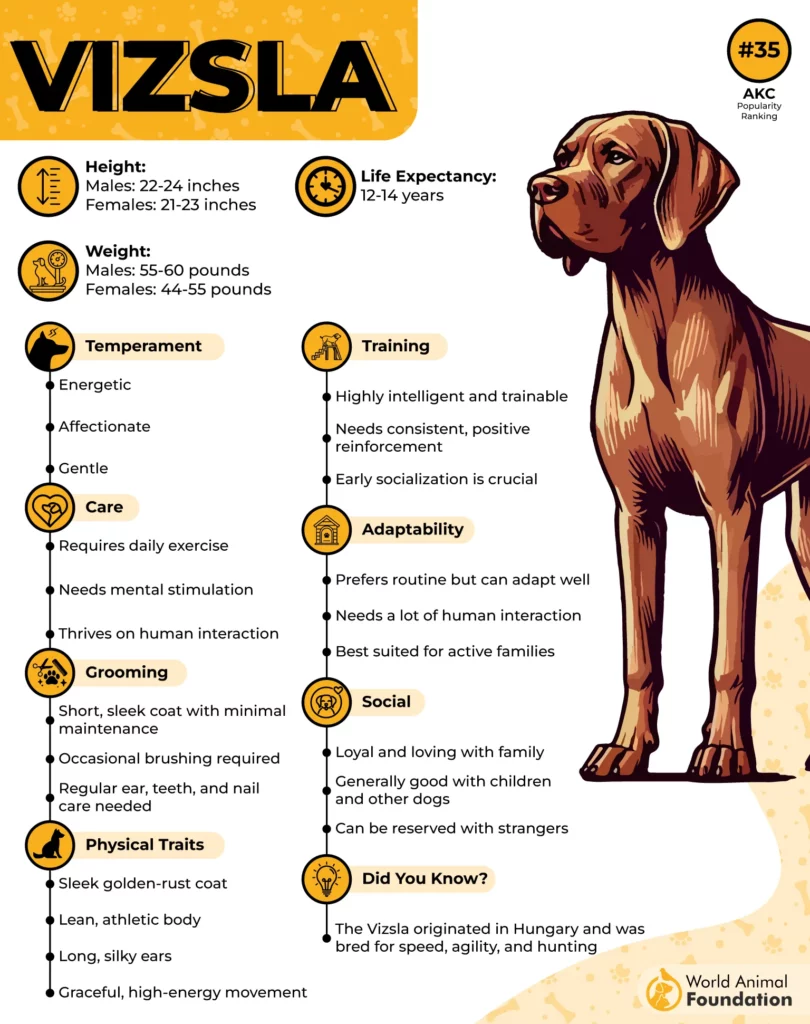
Their sensitivity makes them deeply connected to their humans. They crave guidance and thrive on structure, which turns their natural enthusiasm into reliable working skills.
Even in downtime, a Vizsla will track movements in the water, always alert to the possibility of action.
Fun Fact
The Vizsla is one of the oldest known hunting breeds, with roots stretching back to Hungarian nobility of the 10th century.
Conclusion
The best fishing dogs bring more than skill—they bring connection. These good fishing dogs were bred primarily for retrieving or working along the water’s edge, using their hunting instinct and sharp body language to spot movement and respond. They thrive on every fishing trip, ready to leap from shore or sit patiently in a skiff, waiting for their moment.
Many of these boat dogs and shoreline partners are good dogs in every sense: they’re loyal, steady, and easy to train. When appropriately trained, they become more than helpers—they’re companions that turn long days into shared fishing adventures.
Some are big dogs built for icy waters, others are smaller pups who simply enjoy wading in the shallows. But every one of these fishing companions carries the same spark that makes them great for anyone who loves the outdoors.
From the woods to the beach, these breeds absolutely love the work and the wait. They’re pets, partners, and friends—the kind of canine pal who makes your next dog choice feel like adding a teammate for every cast and catch.


